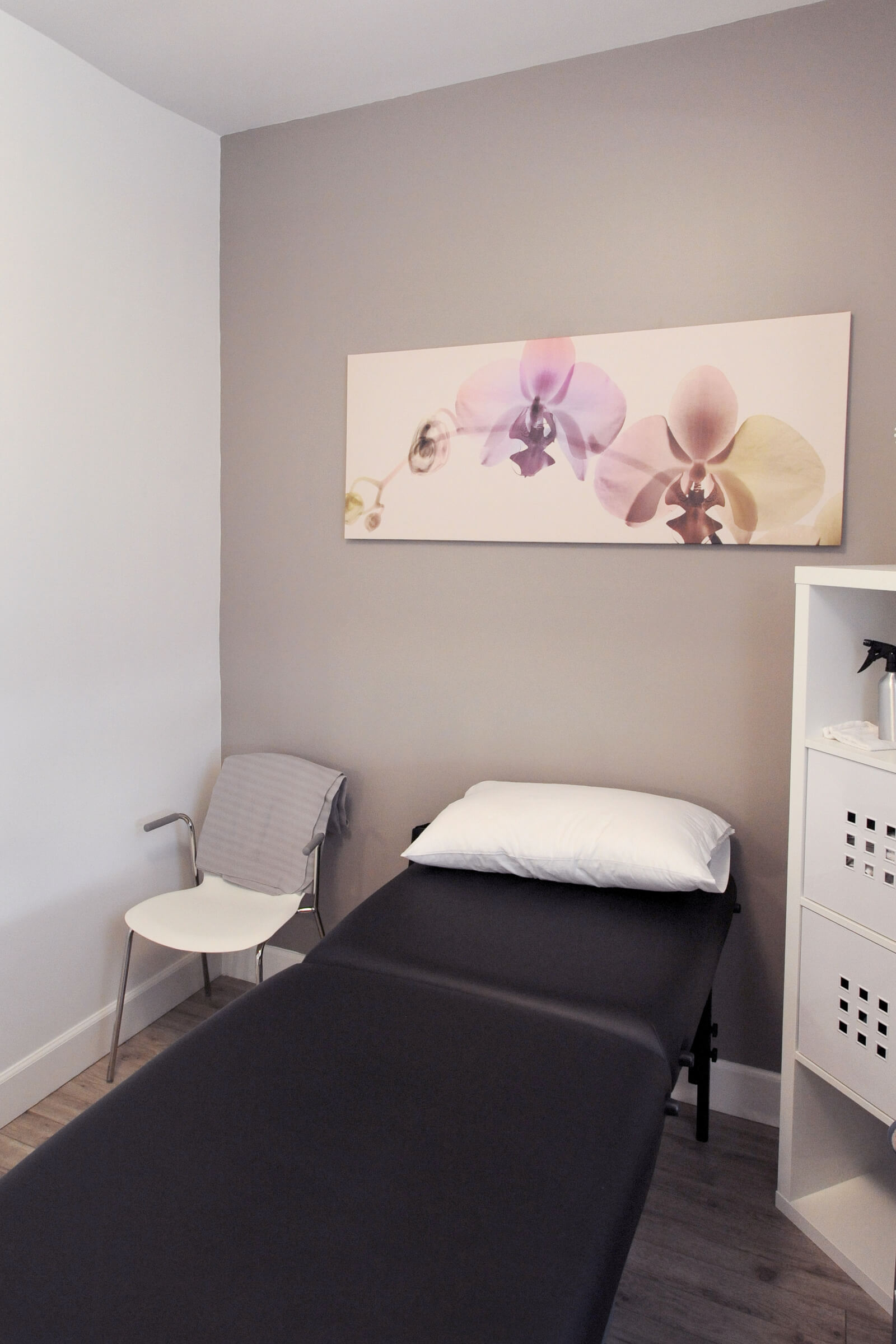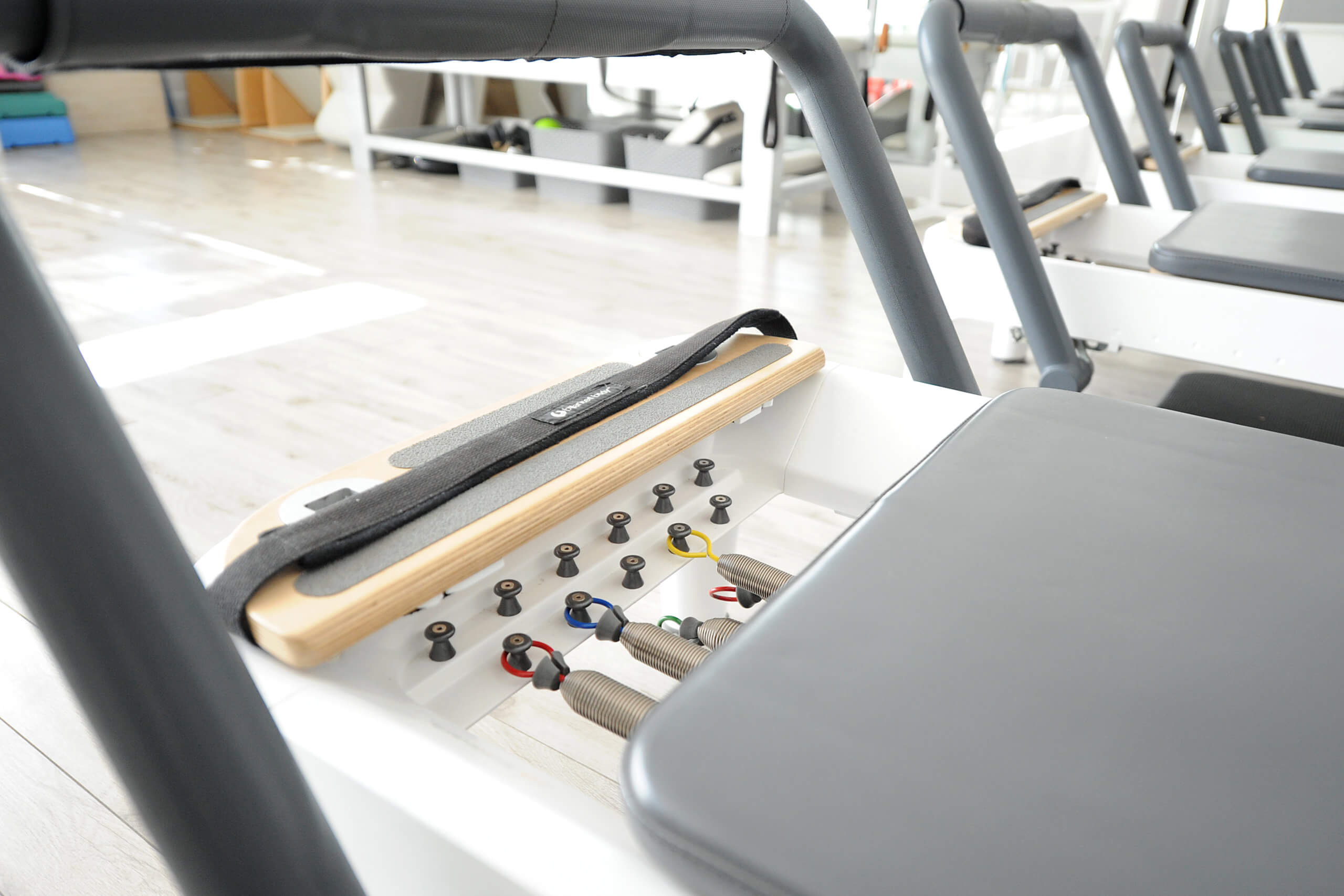Any pain that lasts longer than three months is classified as “chronic.” When people suffer with chronic pain for a long period of time, it can become a downward spiral. They become more inactive and sedentary as a result of the pains, and then their health gets even worse. People with chronic pain will even turn to extreme options like surgery or addictive painkillers to try to find relief from the pain. If you suffer from chronic pain but want a non-invasive, non-addictive option for relief, it’s time to contact our office and talk with a physical therapist.
Information on Chronic Pain
Chronic pain affects every person differently. In many cases, the pain continues long after the body should have healed from an injury or surgery. The good news is that physical therapy is not a one-size-fits-all approach to pain relief. Your physical therapist has many tools and techniques at their disposal to help alleviate and conquer chronic pain.
Chronic pain has a number of symptoms associated with it, aside from the fact that the pain has lasted longer than three months. Here are some of the associated symptoms of chronic aches and pains:
- Activity Avoidance: People with chronic pain become fearful of normal activities. The fear of additional pain can cause people to withdraw from normal physical activities that they enjoy.
- Stiffness: Muscles and joints may feel stiffer when suffering from chronic pain.
- Reduced Fitness: Inactivity due to chronic pain can cause your muscles to weaken and shrink. This can have profound physical effects over time, such as impacting your sense of balance.
- Reduced Circulation: Remaining inactive due to chronic pain reduces your circulation, which means your cells are not receiving a healthy amount of blood and oxygen. This can cause tissues to degenerate and leads to feelings of constant fatigue.
- Weight Gain and Additional Problems: People with chronic pain may put on too much weight, which can lead to a host of added problems, from diabetes to heart disease.
Physical Therapy for Chronic Aches and Pains
The course of therapy that your physical therapist will recommend will be tailored to meet your specific needs and goals. After an initial consultation and exam, your therapist will get right to work with you on methods to begin overcoming your chronic aches and pains.
This will start with education. Your therapist will explain how how the pain occurs and what can be done to alleviate it. The goal will initially be pain management, so that you can eventually get back to enjoying your normal routine.
Exercise, stretching and flexibility will be a part of your physical therapy. Becoming stronger and more flexible over time will allow you to move around better, with less pain. This will be a slow and gradual process; you won’t be running a marathon just yet. Instead, the exercises will be focused on slow, steady and gradual improvement of your strength and flexibility.
Manual therapy is a specialized type of massage that physical therapists are trained to do. These techniques will be used to mobilize tight joints that are contributing to aches and pains, and manipulating soft tissues for pain relief. This technique can be very therapeutic when dealing with chronic pain.
Finally, posture and body mechanics training will be a big part of your physical therapy. Learning how to use correct posture at home, at work and at rest can help to relieve pain and prevent pain from recurring. All of these treatment modalities will help you return to a normal life without invasive surgery or painkillers.
If you have been suffering from chronic aches and pains, take that first step to overcoming your condition today. Call our office to schedule an appointment with a physical therapist.
Tags: health, wellness, PT, naturalpainrelief, achesandpains, physicaltherapist, physicaltherapy, healthytips, healthandwellness










